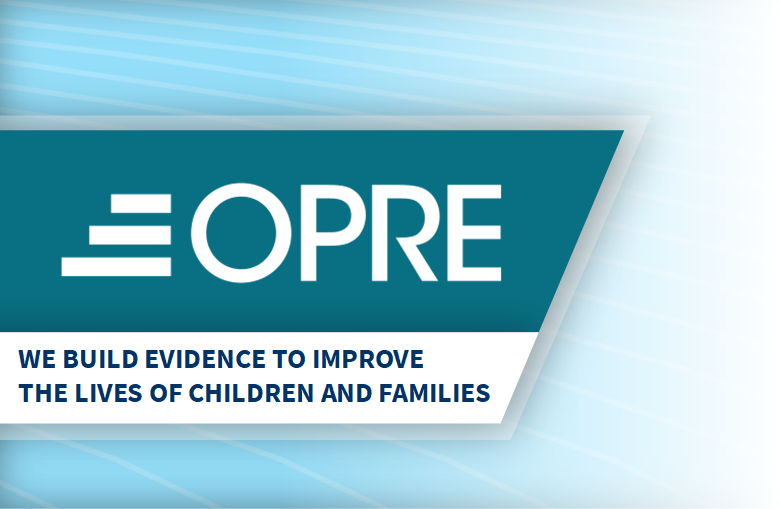To support the quality of care for infants and toddlers, states, national organizations, and institutions of higher education have made efforts to outline specific competencies (that is, knowledge, skills, and attributes) that are essential to the practice of teaching and caring for infants and toddlers and that are needed to promote their optimal development. Competency-based professional development (PD) for teachers and caregivers is readily available through a number of online systems.
The Infant and Toddler Teacher and Caregiver Competencies (ITTCC) project conducted an exploration to give the child care and early education (CCEE) field a snapshot of how select virtual, competency-based PD systems are implemented; how teacher and caregiver knowledge, skills, and attributes are assessed in these systems; and whether the systems have or are building an evidence base.1 Box 1 describes the approach to this exploration including how we selected systems for inclusion, how we gathered information on the systems, and the range of information gathered. We summarize several characteristics of the systems in Tables 1 and 2.
Box 1. Approach for the PD system exploration
Selecting systems for inclusion
In this brief, we summarize the characteristics of five online PD systems that were included in the exploration. To identify online PD systems, we conducted an Internet search and asked for nominations from experts in the infant-toddler CCEE field. We identified 23 systems in our search for a wide variety of systems, narrowed the pool identified to 12 for further exploration, and selected 5 systems for in-depth review using the following criteria:
- Required characteristics of the PD systems selected:
- Relevant to competency-based learning for teachers and caregivers of infants and toddlers
- Aligned with or based on a competency framework or an observational measure of competencies
- Currently in use or in active development
- Preferred characteristic of the PD systems selected:
- Indication an evidence base exists or an evidence base is being developed
- Desired potential areas of variation across the PD systems:
- Funding source(s)
- Approach to supporting competencies
- Using these criteria, we selected the following systems for inclusion:
- CDA with CLASS®
- Children’s Learning Institute (CLI) Engage
- Maine Roads to Quality Professional Development Network (MRTQ PDN)
- Virtual Lab School (VLS)
- We Grow Together (WGT)
Documenting characteristics of the PD systems
We created profiles of each of the five systems selected by gathering information from publicly available online sources (including, but not limited to the websites hosting the PD system). We documented the following information:
- Background information, including developer of the system, funder, source, year developed, cost to use, availability in languages other than English, intended audience, and audience focus
- How the system is used, including alignment with a competency framework and/or observational assessment; areas of focus; approach to PD; approach to developing the PD system; approach to assessment of the competencies; components of the system for different proficiency levels; academic credits, certifications, or PD hours; incentives; and additional materials or resources
- The research behind the system, including how research or evidence informs or informed the development of the PD system, and research on the PD system

